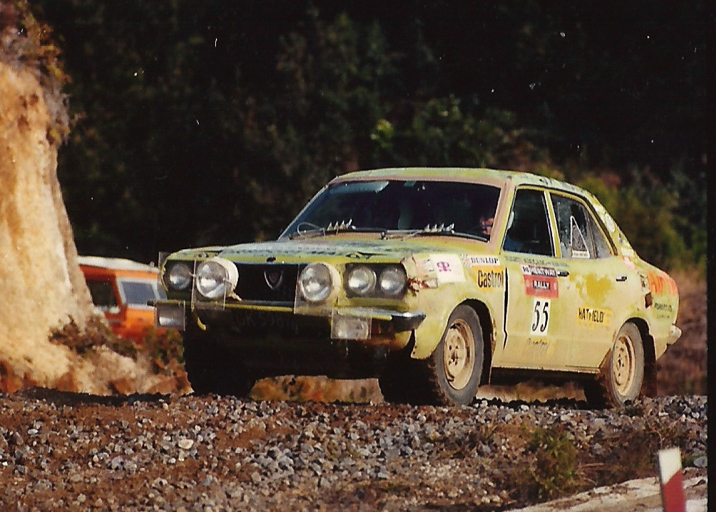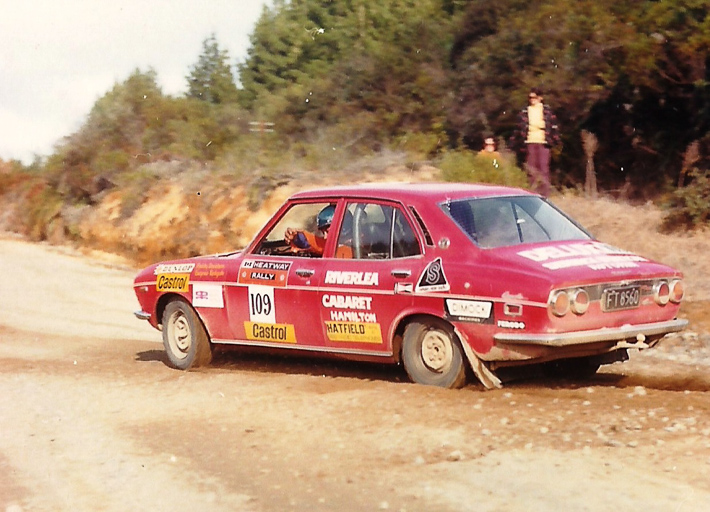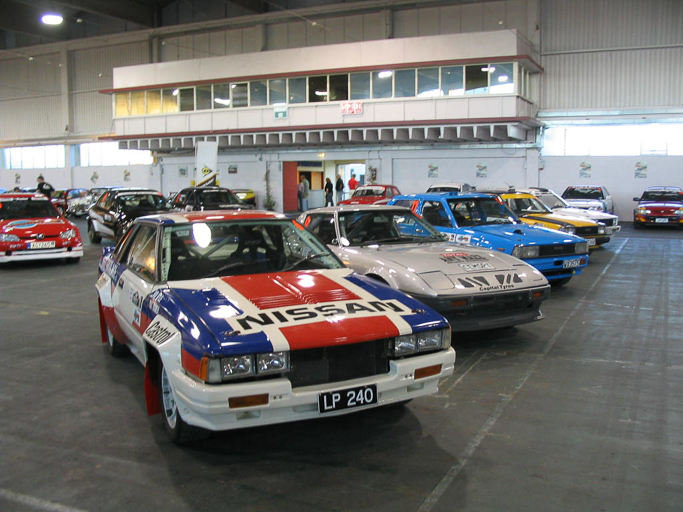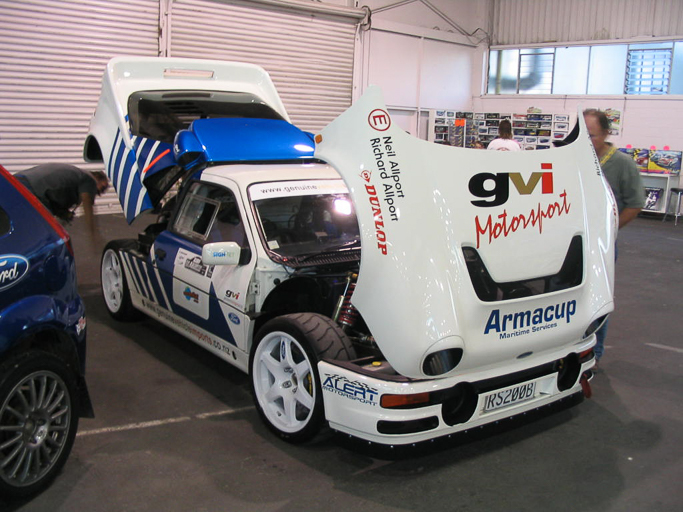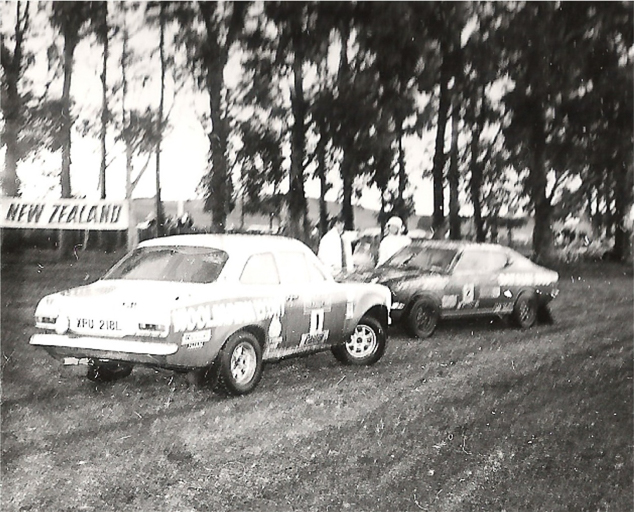Apart from motor racing, the early days of New Zealand’s motorsport scene consisted of car trials and timed events designed to keep to the legal speed limits.
Then in the late ’60s, the influence of European special-stage rallying (closed roads where drivers could go as fast as possible) started to take over.
New Zealanders took to this new form of motorsport like ducks to water. Our smooth-flowing gravel public roads, and the abundance of well-maintained government forest roads, saw the early days of rallying quickly build to events that attracted up to 135 starters.
Grab your copy of the February 2017 issue of New Zealand Classic Car Issue No. 314 to read the full story.





